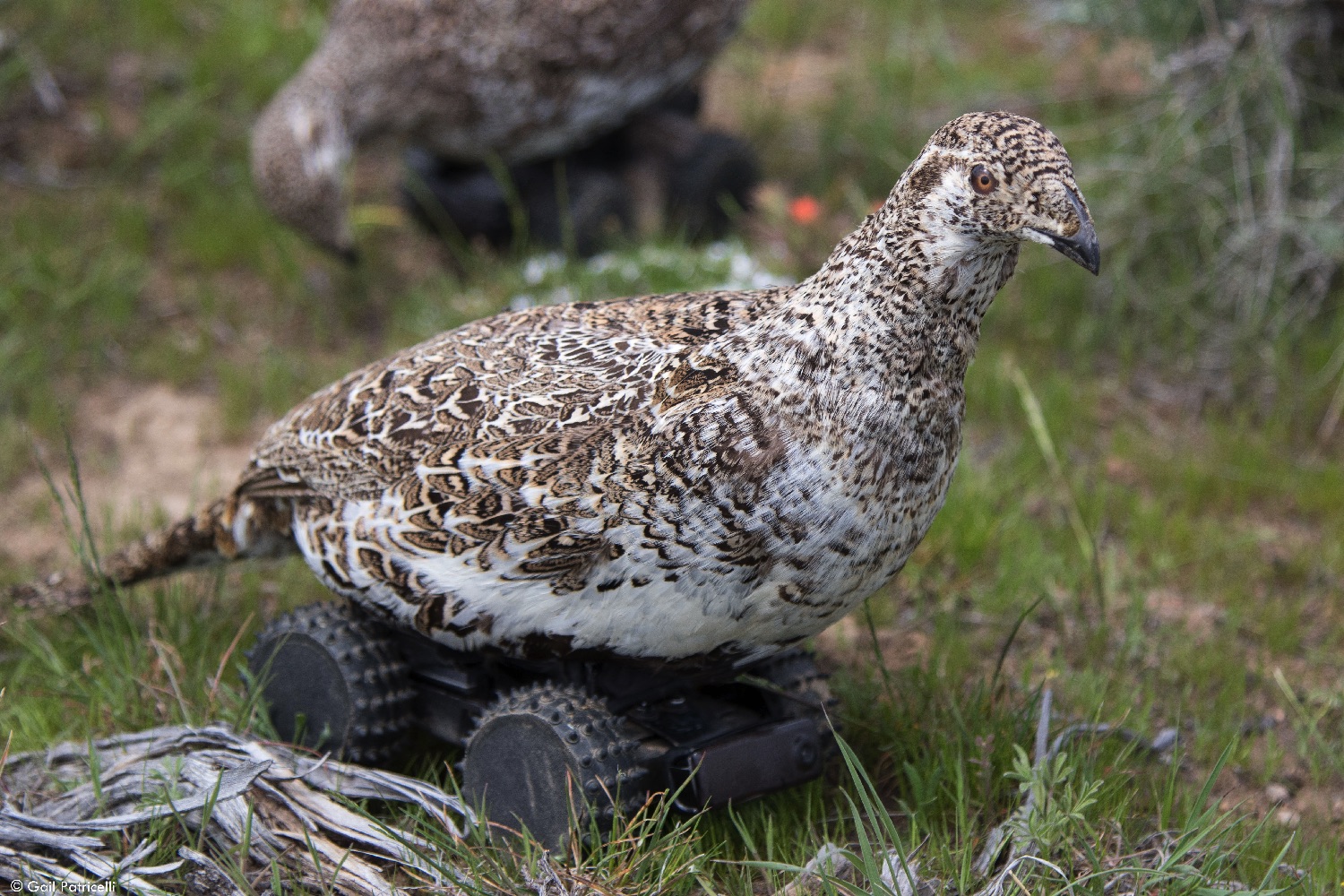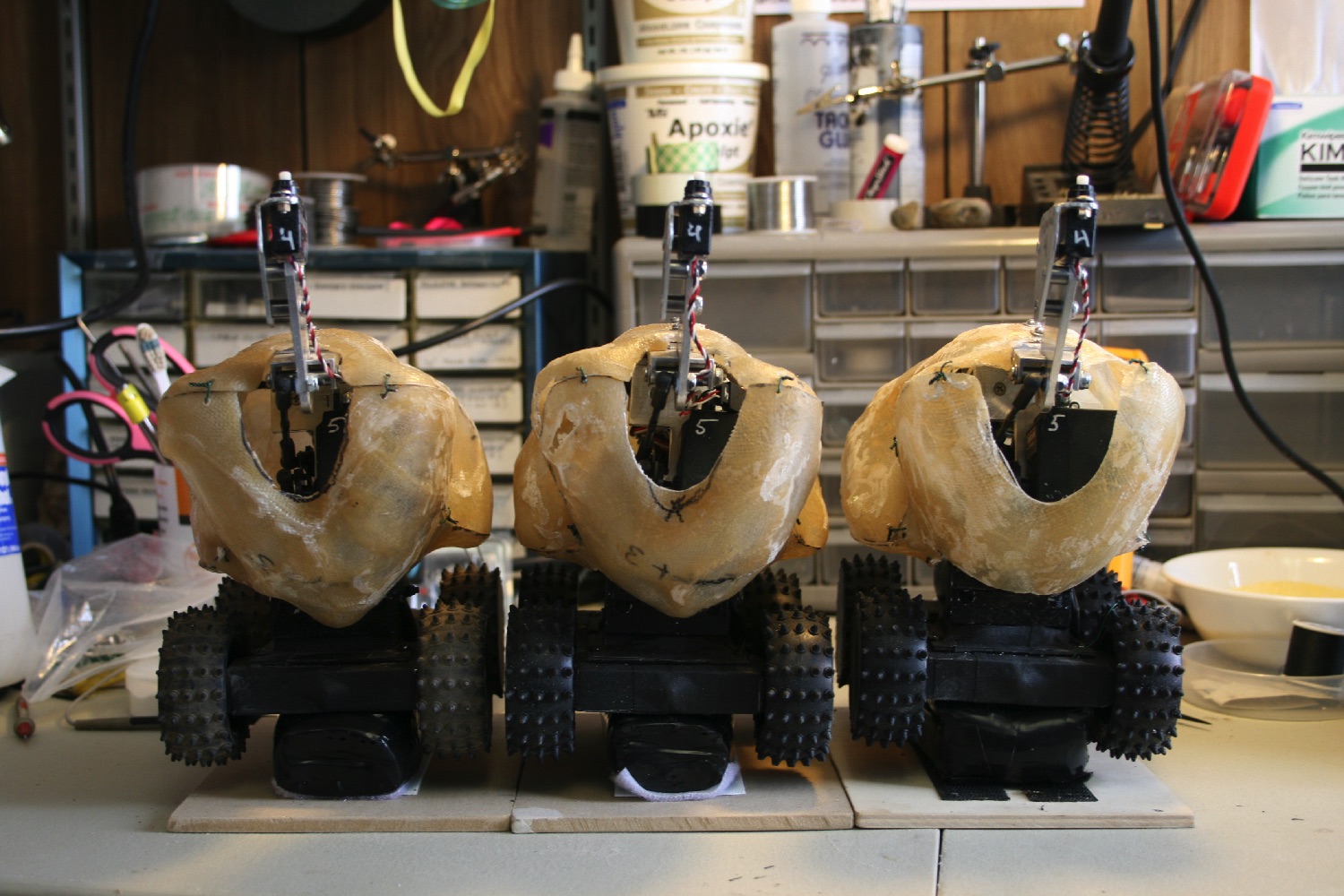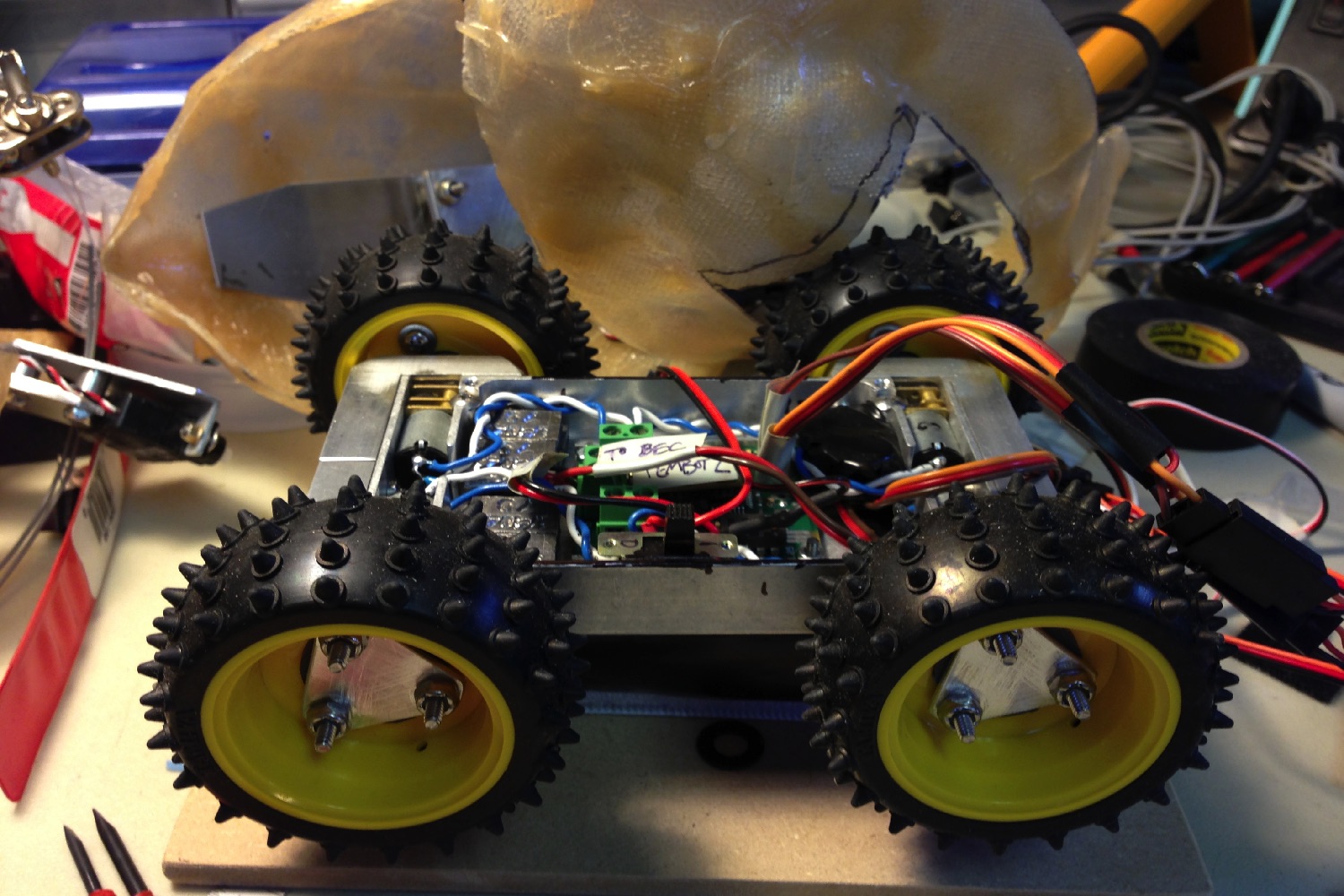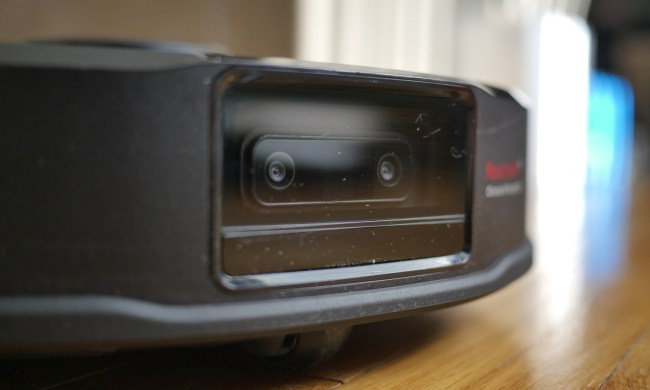Intrepid researchers in the Department of Evolution and Ecology at the University of California, Davis are building fembots — and, no, we are not talking about the seductive killing machines from the Austin Powers movies. Instead, ecology professor Gail Patricelli’s “fembots” are taxidermy bird robots on wheels, designed to discover more about the mating habits of the survival-challenged sage grouse.
“The main goal is to understand how the process of sexual selection — which typically favors elaborate traits like the peacock’s train for impressing possible mates, or weapons like antlers to fight for access to mates — can also favor social skills,” Patricelli told Digital Trends. “We can use the robot to take part in the conversation between males and females during courtship to see whether males who are more responsive to the robot are also more successful with real females. We can also use the robot to elicit courtship behaviors in a consistent way, so that we see how differences in diet quality and levels of human disturbance affect reproductive behaviors.”
The fembots are part of a long-running research project dating back all the way to 2003, although Patricelli has been building bird robots since she was a graduate student at the University of Maryland in the 1990s. The fembots comprise a wheeled robot skeleton, augmented with real bird skin and feathers. “It’s a little bit biology, a little bit engineering, a little bit arts and crafts, and a little bit taxidermy,” Patricelli said.
Perhaps unsurprisingly, given the one-off nature of each robot, there are no plans to commercialize this. “It’s a pretty specialized tool, so the market is small, and it takes me weeks to build each one,” she said. However, she noted that this is certainly a valuable tool for people doing work similar to that being carried out by her lab.
“One of my colleagues, Jackie Augustine from the University of Ohio, used the plans we developed to build a robot prairie chicken to study hybridization between prairie chickens and their relatives,” she continued. “Once we’ve published our work, we’ll make the plans available to anyone who wants to make one.”





